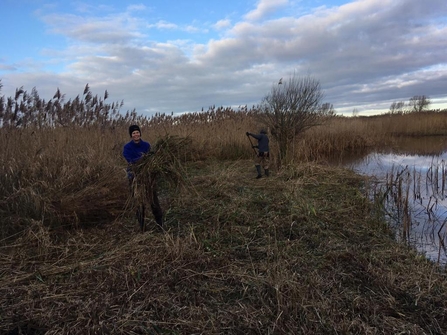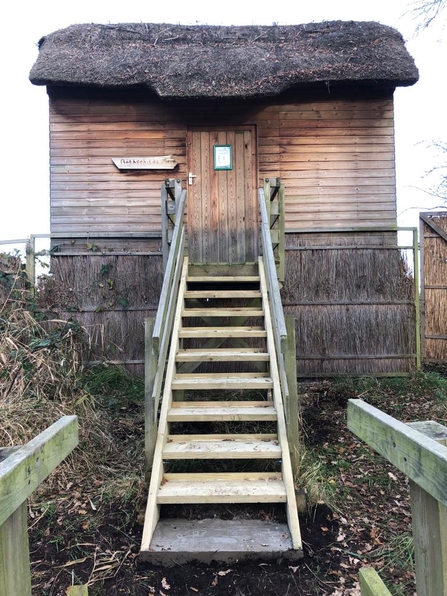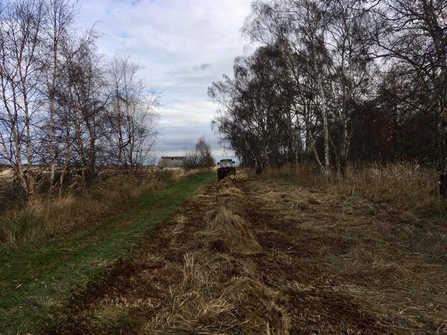Bird Hide Improvements
If you have been over to Woodwalton Fen recently, you might have noticed that just prior to Christmas we carried out some improvement works on our bird hides. Firstly, we asked volunteers to help cut and clear the vegetation in front of the hides; ensuring that the view out from hides remains unobscured. At the same time, we made repairs to some of the reed screens around the hides that had unfortunately been vandalised. These screens help to prevent wildlife in front of the hides from being disturbed by wildlife watchers entering the hide. Hopefully now they have been repaired, visitors will be more likely to get some great viewing from the hides.







